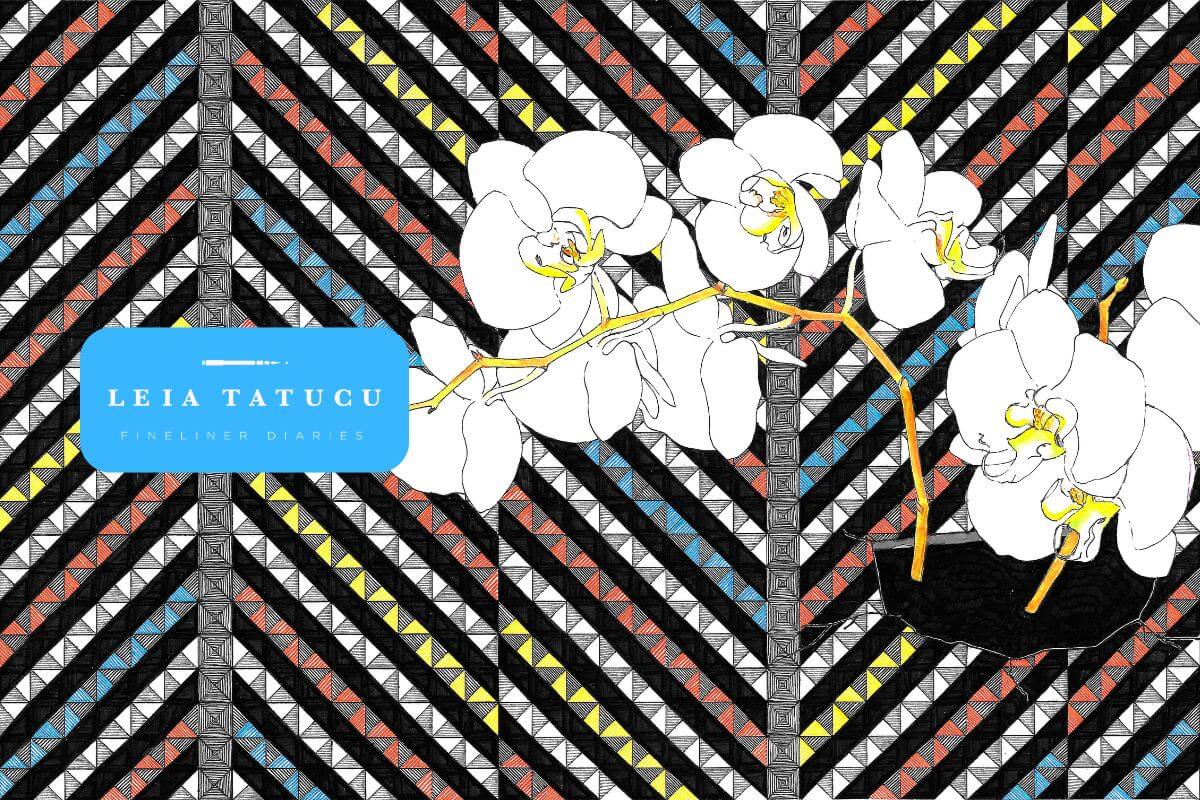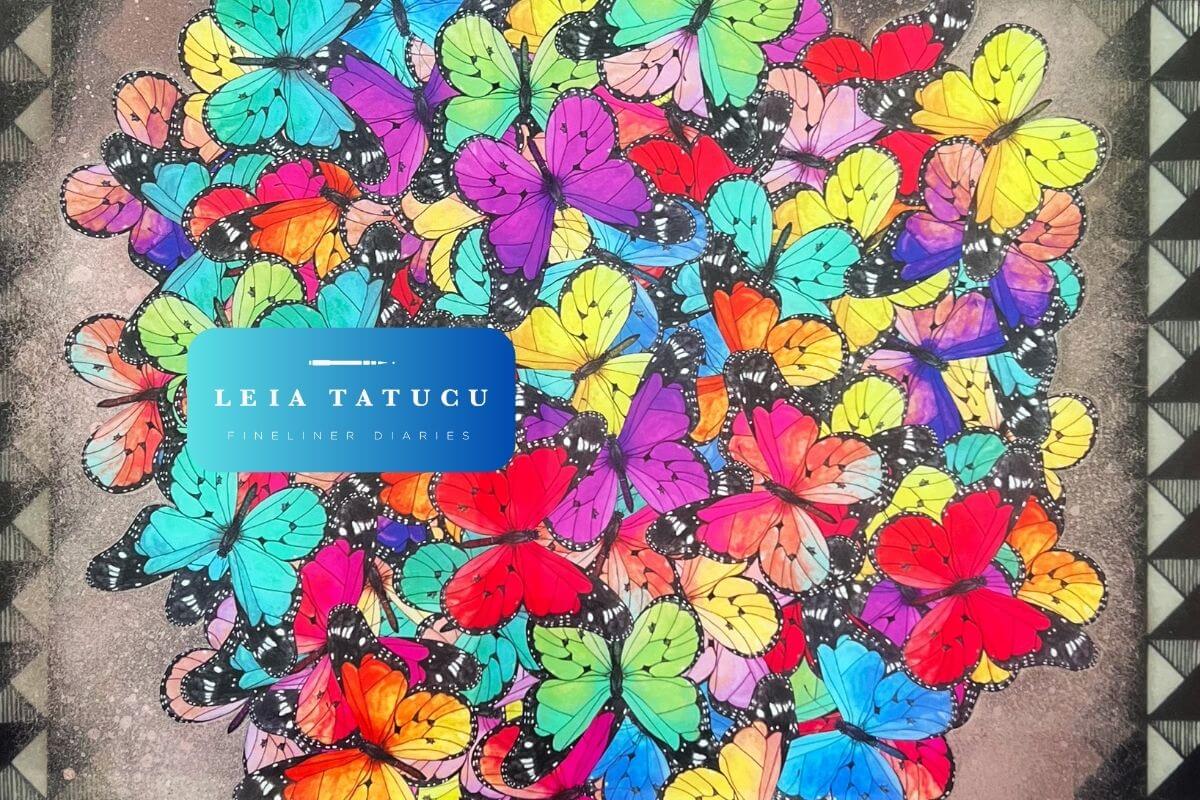
Finding Your Flow: Harnessing Routine to Spark Creative Breakthroughs
Creativity often feels like an enigma—elusive and unpredictable. But what if the key to inspired breakthroughs lies not in chasing fleeting moments of inspiration but in embedding creativity into your daily life through routine? For creatives, entrepreneurs, and productivity enthusiasts, establishing a structured yet flexible routine can turn the mysterious process of creativity into a consistent practice.
This week's blog explores a common topic among artists: how routines can enhance creative potential. By providing structure, focus, and a sense of control, routines lay the groundwork for creativity to flourish. They also allow space for spontaneity and exploration, striking a balance that supports artistic growth.
The Paradox of Routine
It might sound counterintuitive, but creativity thrives within structure. By creating a routine, you reduce the mental clutter of decision-making, freeing your mind to focus on the creative act itself. Psychologist William James famously argued that habits serve as "energy savers," allowing your brain to conserve resources for more demanding tasks.
Think of your routine as scaffolding—providing a solid foundation while leaving space to build and innovate. When you establish predictable patterns, you eliminate distractions and give yourself the time and mental clarity to create something extraordinary.

Identifying Your Creative Prime Time
When do you feel most energized, focused, and inspired? For some, it's the early morning, when the world is quiet and untouched by the day's demands. For others, it might be late at night, when their minds feel free to roam.
Take time to observe your natural energy cycles—often referred to as your "ultradian rhythms." Over a few weeks, note when you're most alert and productive, and align your creative tasks with those windows of peak performance. By working in harmony with your body and mind, you'll tap into a powerful synchronicity that enhances your creative output.

Rituals vs. Rigidity
It's important to differentiate between routines and strict schedules. Routines are adaptable and provide a rhythm to your day, while rigidity can stifle the very creativity you're aiming to unlock.
For example, you might start each day with a cup of coffee and 15 minutes of sketching or journaling. This quiet ritual signals to your brain that it's time to shift into creative mode. The key is to keep it simple and enjoyable—something you look forward to even when inspiration feels distant.

The Power of Constraints
Ironically, limitations can fuel creativity. When you have all the time and resources in the world, it's easy to become overwhelmed by endless possibilities. Constraints—whether they come in the form of time limits, materials, or themes—challenge you to think innovatively and find solutions you might not have considered otherwise.
For example, if you're a painter, try limiting your color palette for a piece. If you're a writer, set a 500-word limit. These boundaries encourage deeper exploration within a focused framework.
I wouldn't have believed it, but it works wonders, give it a try.

Practical Tips for Creating a Routine
Establishing a creative routine doesn't need to be complicated. Here are some actionable steps to get started:
- Set a Dedicated Time: Block out time in your schedule specifically for creative work, even if it’s just 30 minutes a day.
- Create a Workspace: Designate an area for your creative projects—it signals to your brain that it's time to focus.
- Start Small: Begin with one or two small habits, like writing a single sentence or sketching for five minutes. Gradually build these into a fuller routine.
- Use Cues and Triggers: Pair your creative routine with an existing habit—like starting your work after your morning coffee—to form a lasting association.
- Stay Consistent but Flexible: Allow room for improvisation while keeping the core elements of your routine intact.

Balancing Exploration and Exploitation
Routines are powerful, but creativity also requires moments of exploration—breaking free from familiar patterns and trying something new. Finding the right balance involves knowing when to stay within the comfort of your routine and when to allow yourself to wander off-course.
For example, you might dedicate weekdays to structured creative work while leaving weekends for unplanned experimentation.

The Role of Mindfulness
Mindfulness practices are an excellent way to stay present during creative work. Techniques like deep breathing, meditation, and grounding exercises can help you block out distractions and connect more deeply with your process.
Try starting your creative sessions with a moment of mindfulness—close your eyes, breathe deeply, and set an intention for your time. This simple shift can transform your focus and efficiency.

Overcoming Resistance
Even with a solid routine, resistance (hello, procrastination!) is bound to rear its head. Here’s how to push through those moments when creating feels like the last thing you want to do:
- Break It Down: Overwhelmed by a big project? Break it into smaller, manageable tasks.
- Use a Timer: Commit to just 10 minutes of work. Starting is often the hardest part, and once you're in the flow, you'll naturally want to continue.
- Eliminate Distractions: Turn off notifications, set boundaries, and create an environment that fosters focus.
- Remember Your Why: Tap into the deeper purpose behind your creative work. Why did you start this project?

Measuring Success
When it comes to creative productivity, success isn’t only about output—it's about satisfaction and growth. Take time to reflect on questions like:
- Did I enjoy the process today?
- Am I learning or improving my skills?
- Have I discovered something new about myself or my work?
Celebrate small wins, and remember that the routine itself is a measure of success. Consistency over time will lead to meaningful progress.
Final Thoughts
Creativity is often romanticized as random bursts of inspiration, but the truth is, it’s cultivated through discipline, mindfulness, and intentional habits. By harnessing the power of routine, you create a fertile environment for ideas to flourish—turning creativity from a passive occurrence into an active pursuit.
Whether it’s setting aside 20 minutes for morning sketches or dedicating Saturday afternoons to experimenting with new techniques, find a rhythm that works for you.
If you're ready to take the next step in refining your creative process, consider documenting your progress in a personal journal, trying daily mind-mapping sessions, or even collaborating with others who can inspire your flow.
Start where you are. Build the routine, and watch the unexpected magic unfold.
I’d love to hear your thoughts—what are your go-to strategies for finding and sustaining your creative flow? Whether it’s a routine, a best practice, or a simple tip that sparks your creativity, your insights could inspire and empower others on their creative journeys. Don’t hesitate to share your ideas in the comments below and join the conversation!





Leave a comment
This site is protected by hCaptcha and the hCaptcha Privacy Policy and Terms of Service apply.